Structural Bioinformatics
How to predict binding pocket/site using CASTp server?

The CASTp server allows you to predict the binding sites in a protein [1]. In this article, we will predict binding sites in a protein using the same.
We are predicting binding pocket using the latest version of the CASTp server (CASTp 3.0). It is accessible at http://sts.bioe.uic.edu/castp/. You can either provide a PDB code of your protein structure or upload your own.
- On the homepage of the CASTp server, click on the ‘Calculation’ tab.
- Upload your structure in PDB format by clicking on ‘FILE’.
- Adjust the probe radius. The probe radius is like a tiny ball we use to see which part of the protein touches water. Consider protein as a jigsaw puzzle having various grooves on its surface. You want to know which pieces of the puzzle (or protein) stick out and are in contact with water. Now roll a tiny ball over the puzzle to see which parts of the puzzle (or protein) are exposed and can interact with water. The default value for probe radius is 1.4 Angstroms. We are leaving it at the default value.
- If you wish, you can enter your email address to receive the results by email.
After the job is finished, it will show you the pocket in red color by default. You can change it by clicking on “Show Pockets”.
CASTp will predict a few pockets that you can visualize by clicking on “Show Pockets”. But the best-scoring pocket will be the first one. It will also display the interactive sequence of the protein structure. You can map these residues on the displayed 3D structure. Further, you can also download your results and analyze them using PyMOL (for more information, read this article).
- Tian, W., Chen, C., Lei, X., Zhao, J., & Liang, J. (2018). CASTp 3.0: computed atlas of surface topography of proteins. Nucleic acids research, 46(W1), W363-W367.
Software
Video Tutorial: Calculating binding pocket volume using PyVol plugin.

This is a video tutorial for calculating binding pocket volume using the PyVol plugin [1] in Pymol [2].
Software
Protein structure & folding information exploited from remote homologs.

Remote homologs are similar protein structures that share similar functions, but there is no easily detectable sequence similarity in them. A new study has revealed that the protein folding information can be exploited from remote homologous structures. A new tool is developed to recognize such proteins and predict their structure and folding pathway. (more…)
Software
How to generate electron density map using Pymol?

Electron density maps are available for most of the protein structures in PDB. Therefore, in this article, we are using PDB to generate electron density maps in Pymol.
Software
How to install Kpax on Ubuntu (Linux)?

Kpax is a bioinformatics program to search and align protein structures [1]. It is currently available for Linux platforms only. In this article, we are going to install the latest version of Kpax (5.1.3) on Ubuntu (Linux). (more…)
Secondary structure
How to run do_dssp command (mkdssp) in Gromacs 2022?

In the latest version of GROMACS (2022) [1], there are some issues regarding the gmx do_dssp command. Apparently, this command either does not run displaying a fatal error, or if it runs then it does not read any frame from MD simulation files. In this article, we are going to run the same command for GROMACS 2022. (more…)
Bioinformatics Programming
Extracting first and last residue from helix file in DSSP format.
Structure Prediction
SWISS-MODEL: Uses & Applications

SWISS-MODEL [1] is a bioinformatics tool that is widely used for protein structure prediction. In this article, we are going to discuss its uses and applications. (more…)
Software
I-TASSER: Uses & Applications
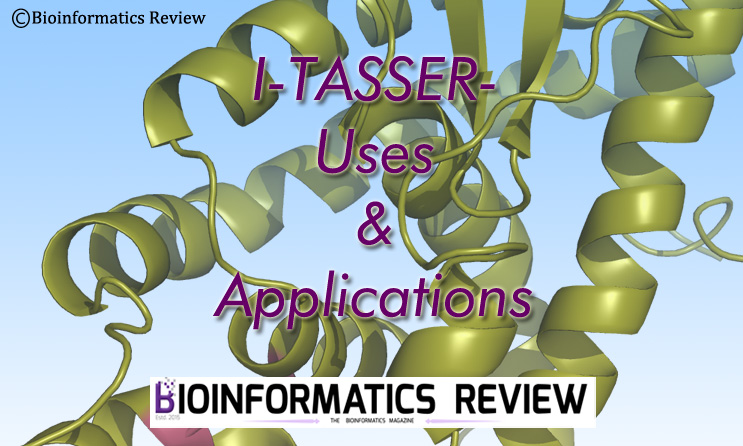
I-TASSER [1] is another most widely used bioinformatics software. It is used for protein three-dimensional structure modeling. In this article, we are going to discuss its uses and applications in bioinformatics. (more…)
Structural Bioinformatics
Homology Modeling vs ab initio Protein Structure Prediction

In one of our previous articles, we explained the basic methodology involved in the homology modeling of a protein. In this article, we are going to compare the two methods of protein structure prediction: Homology modeling & ab initio prediction. (more…)
Homology Modeling
Tutorial: Basic protein structure modeling using MODELLER

SALI MODELLER [1] is one of the most widely used command-line bioinformatics software for protein structure prediction based on homology modeling. The installation of MODELLER on Ubuntu has already been explained in an article published previously. This article will explain how to perform basic modeling of a protein sequence having a high percent identity with the template. (more…)
Homology Modeling
Methodology for Homology Modeling of a Simple Protein

Previously, we have explained the initial methods involved in the structure prediction of a protein. In that article, we discussed the three basic methods involved in protein structure prediction: Homology modeling, ab-initio, and threading. In this article, we will explain the methodology involved in performing the homology modeling of a simple protein. (more…)
Software
How to install DeepView-Swiss PDB Viewer on Linux?
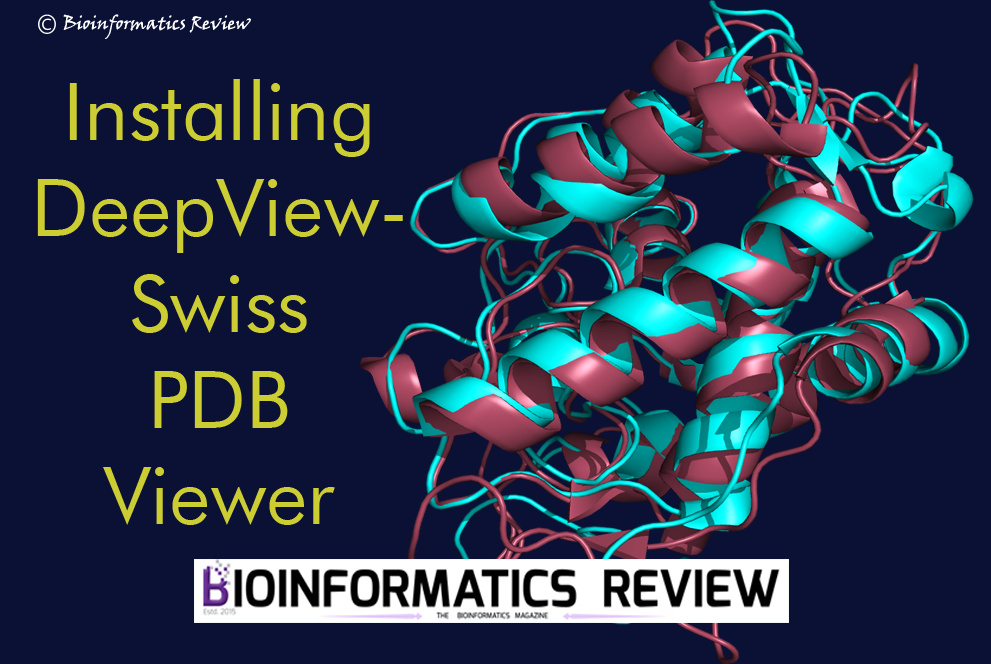
DeepView (Swiss-PDB Viewer) [1] is used to analyze multiple proteins simultaneously. Protein structure alignment, active site comparison, amino acid mutations, H-bonds, and other relevant functions can be easily performed using this software [1]. In this article, we will install DeepView on Linux (Ubuntu). (more…)
Structural Bioinformatics
Homology Modeling of α-Glucosidase Enzyme: 3D Structure Prediction

The word “Homology modeling”, means comparative modeling or sometimes it is known as Template-Based Modeling (TBM), which refers to develop a three dimensional model of a protein structure by extracting the keen information’s from already experimentally known structure of a homologous protein (the template). The 3D Protein structural information provides great assistance to study the function of different proteins, ligands interactions, dynamics, and Protein-Protein Interactions (PPI). (more…)
Sequence Analysis
Biotite: A bioinformatics framework for sequence and structure data analysis
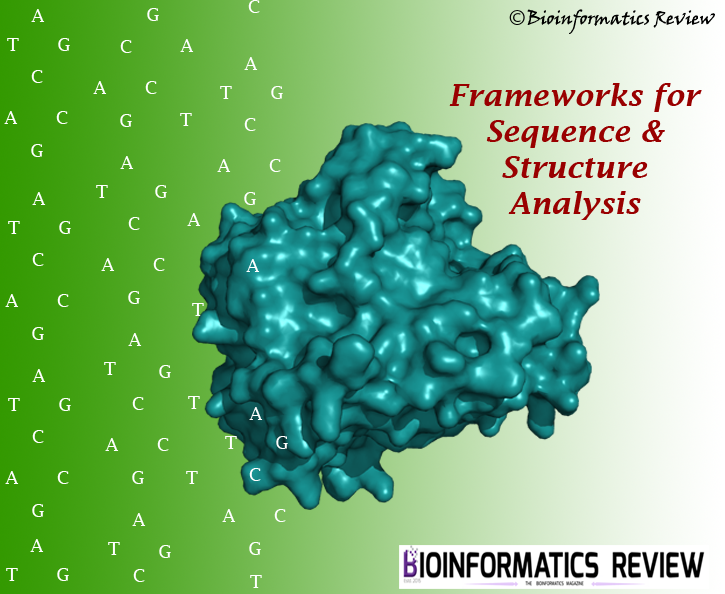
Sequence and structural data in bioinformatics are ever-increasing and the need for its analysis is ever-demanding likewise. As bioinformaticians analyze the data with their keen knowledge and reach important conclusions, similarly, bioinformaticists provide with the enhanced and advanced tools and software for data analysis. (more…)
Algorithms
ab-initio prediction of protein structure: An introduction

We have heard a lot about the ab-initio term in Bioinformatics, which could be difficult to understand for newbies in the field of bioinformatics. Today, we will discuss in detail what ab-initio is and what are the applicable methods for it. (more…)
Software
How to perform protein structure modeling using I-Tasser stand-alone tool?
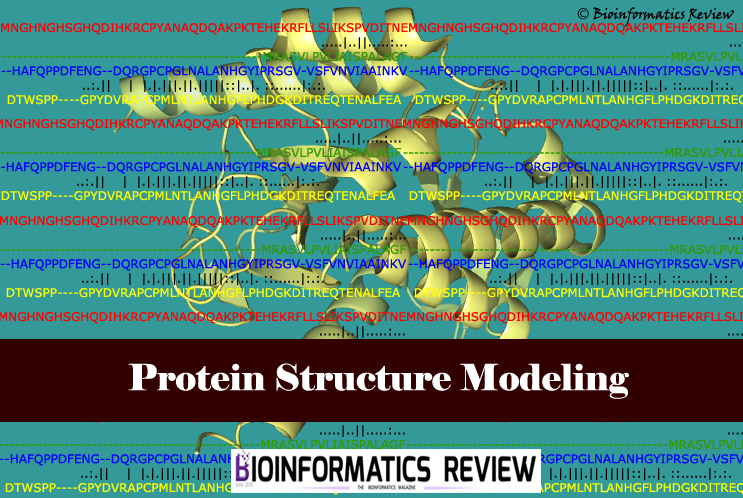
I-Tasser stands for the iterative threading assembly refinement is a well-known tool for ab-initio structure modeling of proteins [1]. It uses secondary-structure enhanced profile-profile threading alignment (PPA) [2] and iterative structure assembly simulations using a threading assembly refinement program [3]. I-Tasser is used for ab-initio prediction when the similarity of a protein is quite low (<=30%). Mostly, the I-Tasser server [4] is used for this purpose, which can be easily accessed by registering with a valid institutional mail ID. In this article, we will learn how to predict a protein structure using the I-Tasser standalone version. (more…)
Structural Bioinformatics
Structural analysis of FOXL2 gene and its role in kidney failure

FOXL2 gene codes for a protein belonging to the fork-head- winged helix transcription factor. The FOXL2 gene is present on chromosome 3 and is a single exon gene of 2.7 kb coding for a protein comprising of 376 amino acids [1]. (more…)








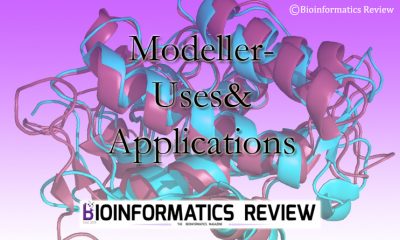

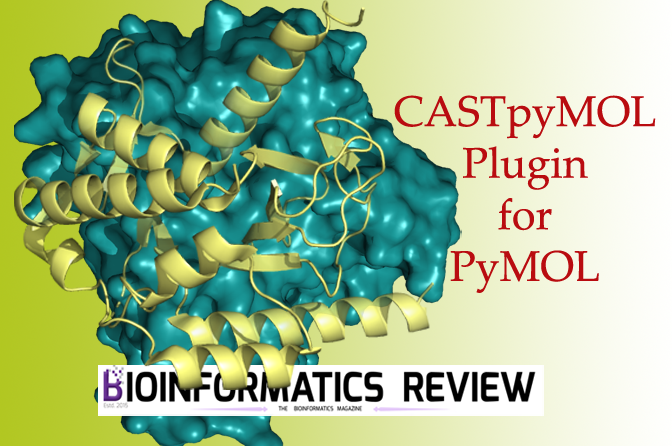


You must be logged in to post a comment Login